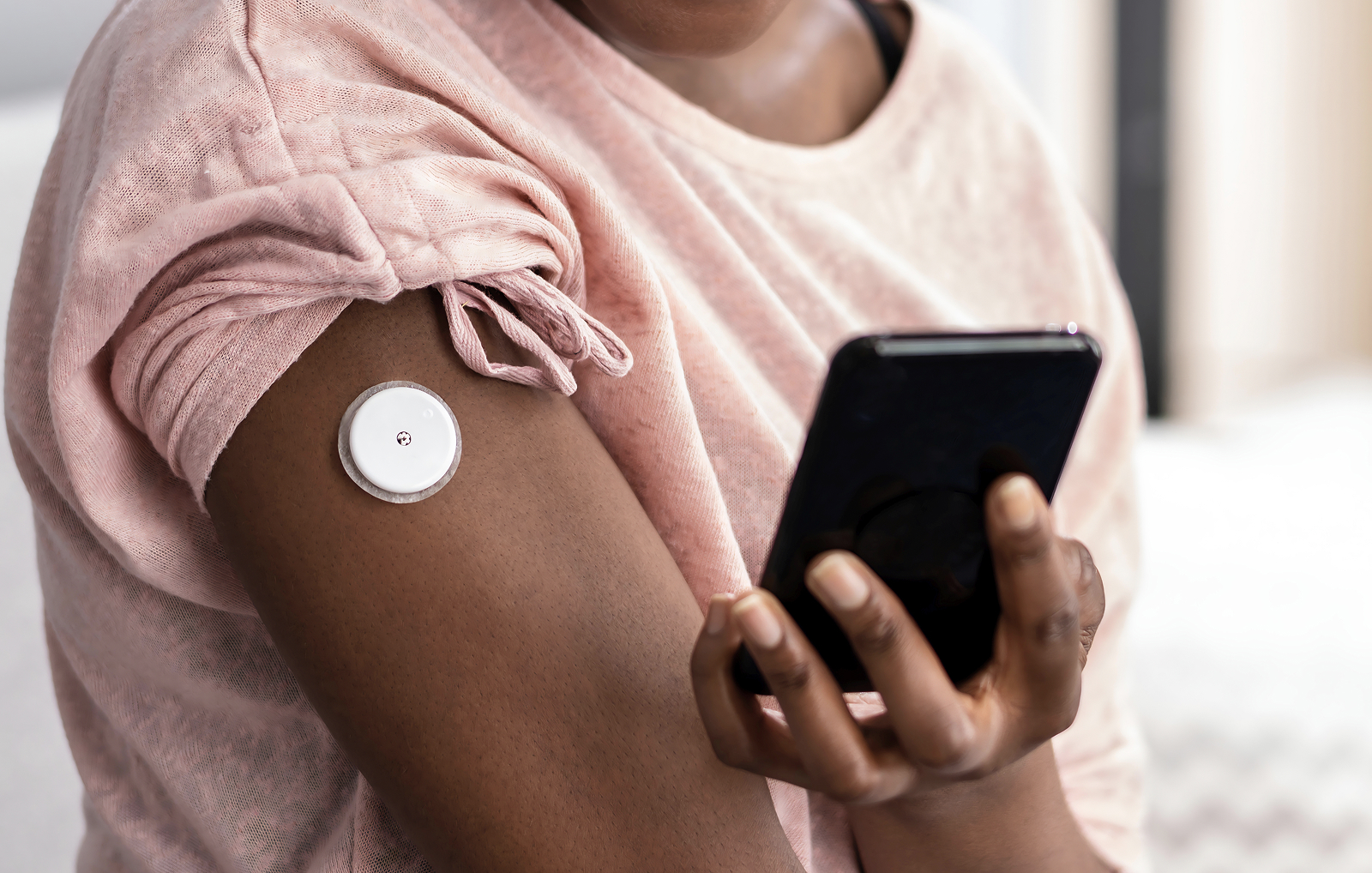
The main way to monitor your blood sugar is your HbA1c levels. These will be tested regularly by your healthcare professional. They show your average blood sugar for the last 2-3 months.
You may also be asked to check your levels at home. You can do this by using the following:
You can do this several times a day. This will help you keep an eye on your levels as you go about your life, work out what to eat and how much medication to take.
Not everyone with type 2 diabetes needs to check their levels regularly at home. Speak to your healthcare professional if you're not sure.
If you take certain medications, like insulin, checking your blood sugars is vital to living with diabetes.
This can help you work out the following:
Routine checks can help you know when you might be starting to go too low (called a hypo) or too high (called a hyper).
It’s a way of getting to know your body and how it works. Sharing results with your healthcare professional to decide the best plan for you.
Checking your blood glucose regularly will help you stay healthy and prevent complications.
Let's look at the different ways to do this.
Many people find finger-pricking can easily become part of their normal routine. For others, it can be an understandably stressful experience.
To do a finger prick test, you need the following:
Your healthcare team will show you how to do this for the first time.
These devices are a way of measuring your sugar levels without having to prick your fingers.
They are not usually available from the NHS for people with type 2 diabetes.
The two devices are different from each other. But they both involve wearing a small sensor just underneath the skin. This measures your glucose (sugar) levels throughout the day and night.
There is a slight time delay when using these devices, especially after eating or if you're exercising. So your result is sometimes different from your finger-prick result.
Continuous glucose monitors measure your sugar levels continuously. They will send data to your display device (a handheld monitor or pump).
You can set alerts for high and low readings.
Flash glucose monitors only give you a reading when you scan your sensor.
Disclaimer
This article is for educational purposes only and should not be used as a substitute for medical advice. Always speak to your doctor, nurse or pharmacist about your individual care. The information reflects NHS and NICE guidance at the time of publication.